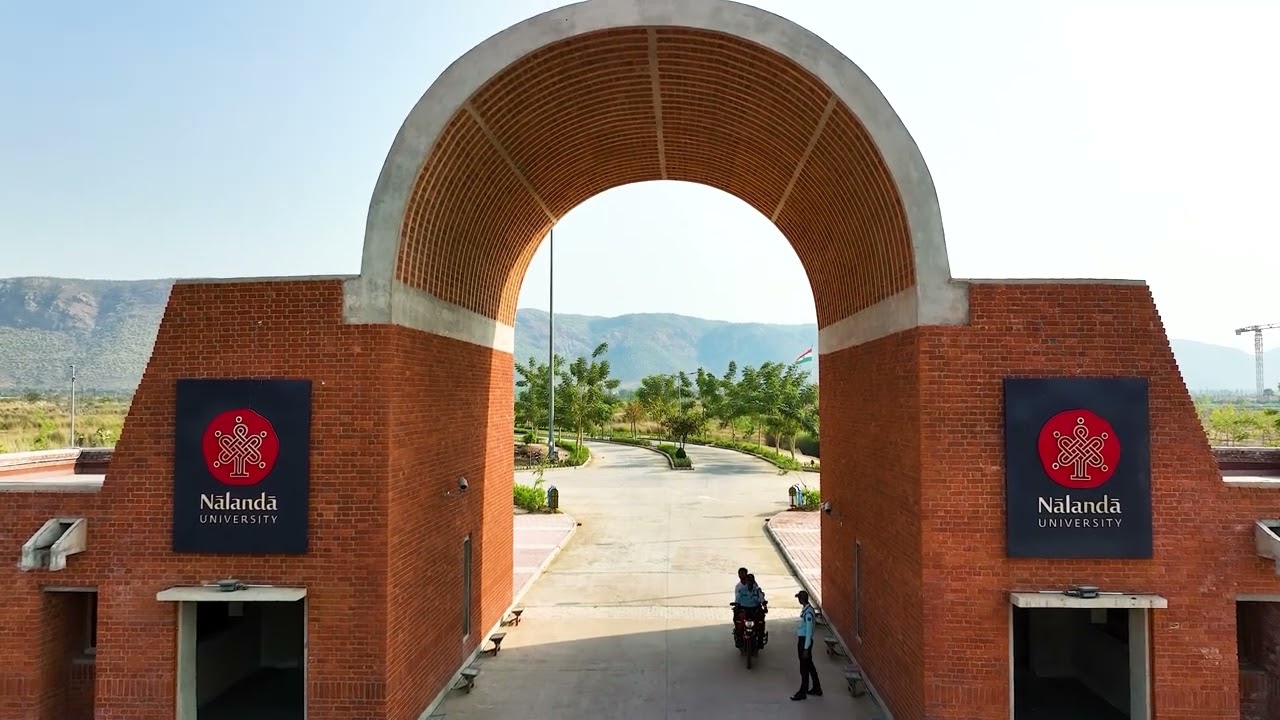As PM Modi Unveils Nalanda University's New Campus, Here's What We Know
About 17 countries, in addition to India, have signed bilateral and multilateral agreements to establish the university.
Prime Minister Narendra Modi is set to inaugurate the new campus of Nalanda University in Bihar on Wednesday, near the ancient university's ruins in Rajgir.
Expressing his excitement for the ceremony, the PM wrote on X, "It’s a very special day for our education sector. At around 10:30 AM today, the new campus of Nalanda University will be inaugurated at Rajgir. Nalanda has a strong connection with our glorious past. This university will surely go a long way in catering to the educational needs of the youth."
About 17 countries, apart from India, have signed agreements for setting up the university. The inauguration will be attended by External Affairs Minister S Jaishankar and ambassadors from these partner countries, according to officials.
Here’s everything you need to know about the ‘University of the Future’:
- Located just 12 km from the ruins of Nalanda, the new campus has been developing over the past four years in Rajgir, a town over 100 km from Patna.
- The campus spans 455 acres and includes academic and administrative blocks, living quarters for teachers and students, laboratories, and libraries.
- The university can accommodate around 7,500 teachers and students, enrolled in six schools: Historical Studies, Ecology and Environmental Studies, Buddhist Studies, Philosophy and Comparative Religion, Languages and Literature/Humanities, Management Studies, and International Relations.
- University officials state that the new campus, designed by Vastu Shilpa Consultants, has used only eight per cent of the total area for construction to “match the architectural and geographical setting the ancient Nalanda University would have provided”.
- Special features of the new campus include open rooms as study centres, “bottle-shaped” bazaars, and shopping arcades for students. It is a no-vehicle zone, with walking and cycling being the only means of transportation within the campus.
- While the project's official cost was not disclosed, as of August 2016, India had contributed Rs 684.74 crore, and China and Australia had contributed $1 million each, with additional contributions from Thailand and Laos.
Architecture of the University:
- A signature image of the Nalanda ruins—the iconic exposed brick architecture—has been replicated in the Administrative Block or the Wing-1 building, which houses the VC’s office and other offices.
- The main wall of the university is composed of two parallel walls with a cavity in between to trap heat. There are plans to use the heat emitted from air conditioners to generate warm water for bathrooms.
- The academic spine, housing all schools and study centres, features open rooms resembling the cells of students at Nalanda Mahavihara, intended as study spaces.
- The campus centre will feature the Kamal Sagar (lotus pond), flanked by a horizontal chain of arcades or “bottle-shaped bazaars” where students can shop for stationery and food.
What is Nalanda Mahavihara?
- The new campus focuses on preserving the cultural and architectural ethos of Nalanda Mahavihara, the 5th-12th Century AD university, considered one of the greatest centres of learning in ancient India.
- The ruins of ancient Nalanda University in Bihar were declared a World Cultural Heritage by UNESCO in 2016.
- Nalanda Mahavihara’s multidisciplinary tradition included lessons in mathematics, astronomy, grammar, logic, and defence studies, at a time when the concept of a university was almost unheard of.
- It is said to have had a 1:8 teacher-student ratio, with around 2,000 teachers for about 10,000 students. This ratio will continue to be maintained in the new campus setting.

